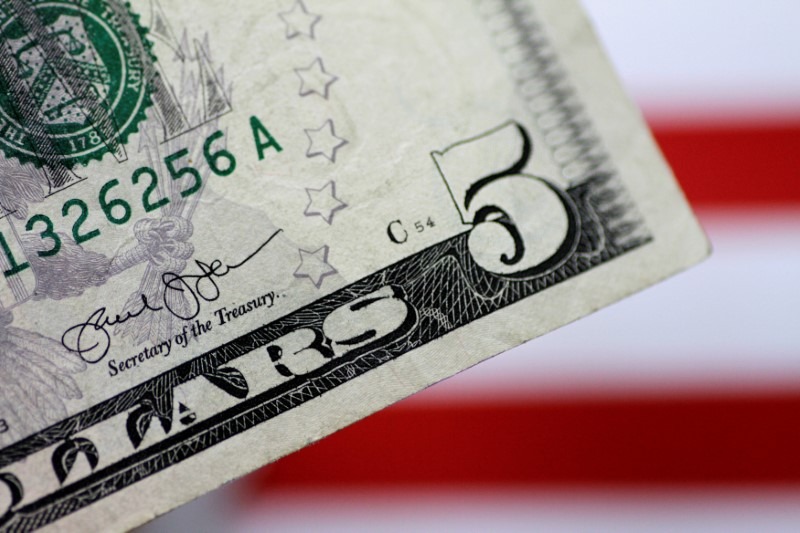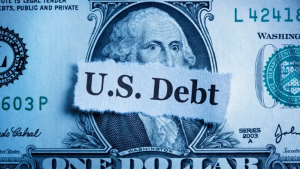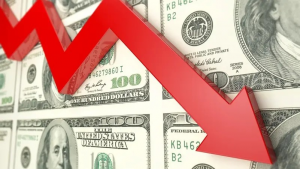The U.S. dollar slumped Wednesday after U.S. President Donald Trump hiked his tariffs against China, raising fears of a prolonged trade war and a U.S. recession.
At 04:10 ET (08:10 GMT), the Dollar Index, which tracks the greenback against a basket of six other currencies, dropped 0.4% to 102.277, after earlier falling to levels last seen in September 2024.
Dollar hit by escalating trade row
The greenback has been hit hard by the news that President Trump signed an order on Tuesday imposing an additional 50% tariffs on China, bringing cumulative U.S. tariffs against the country to 104%, in retaliation for China’s imposition of 34% retaliatory tariffs against the U.S. last week.
This raised fears of a U.S. economic downturn, which would likely prompt the Federal Reserve into more rate cuts, pressuring the dollar.
Fed fund futures jumped Wednesday to imply around 111 basis points of cuts this year, compared to 92 basis points early on Tuesday.
“One of the reasons why the dollar is suffering the most from additional tariffs on China is that markets feel the lack of immediate substitutes for some Chinese products means even greater inflationary/recessionary risks for the US. At the same time, there is a diminishing negative effect on Chinese exporters from additional tariffs,” said analysts at ING, in a note.
Additionally, markets may still be underestimating the risk of a full-blown U.S. recession following the sharp escalation in tariffs on Chinese goods, Goldman Sachs analysts said in a note.
"We think there is a high chance that we continue to push toward full recession pricing, which would imply weaker equities, wider credit spreads, a deeper Fed cutting cycle and higher longer-dated equity volatility," they added.
Euro in "good position"
In Europe, EUR/USD traded 0.6% higher to 1.1025, heading back towards last week’s peak of 1.1147.
The single currency has been helped by reports Germany’s conservatives had reached a deal with the centre-left Social Democrats to form a government, easing political concerns in the EU’s largest economy.
“The euro remains in a good position to benefit from any USD confidence crisis, being the second most liquid currency in the world and a preferred alternative to the dollar for FX reserves. Incidentally, domestic soft growth is the normality for the euro but an abnormality for the dollar, and the greenback stands to face asymmetrical downside impact from recession risk,” ING added.
GBP/USD traded 0.3% higher to 1.2800, bouncing off the recently hit one-month low as the U.S. currency weakened.
However, reservations surrounding the U.K. economic outlook have also increased, limiting the pound’s recovery potential.
Markets have also now fully priced in a rate cut at the May meeting of the Bank of England, and there have even been some calls for a 50 basis-point cut.
Yuan slips to record low
In Asia, USD/JPY traded 0.5% lower to 145.53, with the pair remaining in sight of a recent six-month low.
The yen has been bolstered by safe haven buying, while traders also took some solace from Japan sending delegates for trade talks with the Trump administration.
USD/CNY traded 0.2% higher to 7.3498, with the Chinese yuan falling to its weakest level since November 2007.
Weakness in the yuan came after the People’s Bank of China set a weaker midpoint fix for five consecutive days, as Beijing braces for an escalated trade war with the United States.













